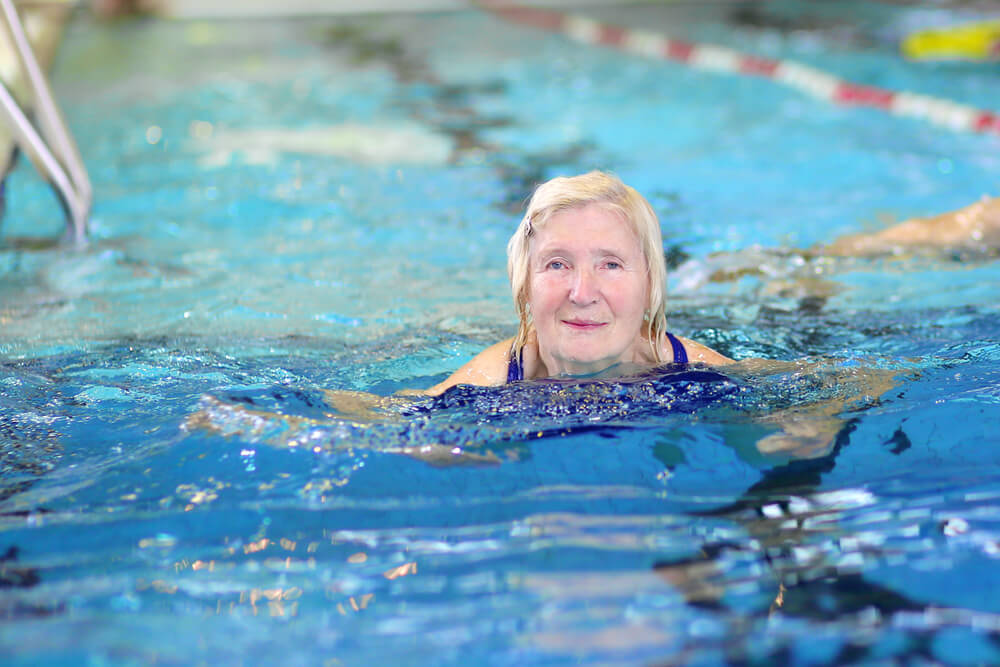Canada is growing. In June, our population reached 40 million — but we are not only getting bigger, we are getting older.
There are now over 7.3 million Canadians who are 65 years or older and that number is climbing as the Baby Boomers age. By 2051, seniors are expected to make up 25 per cent of the population, with the number of seniors over 85 years tripling to 2.5 million.
This rapidly expanding demographic will have a profound effect on our society. While many younger seniors remain healthy and active in their communities, working and volunteering, a significant proportion of older seniors have complex health-related issues and many require the supports of long-term care settings.
Seniors in Canada account for almost half of all health care spending.
As they continue to grow in numbers, older Canadians could overwhelm our healthcare and social services budgets unless we change the way we view aging and make the necessary investments in programs, technologies, and research that foster healthy aging or aging in place.
Fortunately, we are starting to see changes. In the wake of the COVID-19 pandemic and its devastating effect on older Canadians, governments and other organizations are becoming increasingly interested in healthy aging. For instance, last fall, Kingston, Ontario became home to the first centre for healthy aging in Canada and this past spring, the federal government held public consultations on how to better support seniors living in their own homes.
What is healthy aging?
It is about creating environments and opportunities that enable people to maintain their functional abilities as they get older. It challenges the mindset that as we age, we inevitably will have more diseases and health conditions, lose mental and physical capacity, and have a reduced quality of life.
While older people are more susceptible to many diseases and illnesses, there are things we can do to reduce this and increase their healthspan, or the time that they are in good health, can live independently on their own, engage in social relationships, and contribute to society.
Healthy aging covers a range of strategies. It includes things like getting regular exercise and doing strength training, eating a healthy diet, keeping vaccinations up to date, limiting medications to only what is necessary, and staying socially connected to others.
There is a lot that governments and other organizations can do to encourage and support these behaviours. Examples include funding community centres so that they can offer senior-focused exercise and nutrition classes, making vaccination more accessible through local community hubs, and offering more opportunities for seniors to engage with others either through community-based programs or online.
Healthy aging is also about finding ways to make it easier for seniors to continue to live at home or in their community. Governments and communities need to ensure that there are more and better home care options, not just to meet healthcare needs, but also to help seniors maintain their homes.
Governments should also consider financial support for unpaid caregivers, more flexible public transportation choices, and investing in a range of housing options that truly meet seniors’ needs.
Technology is also an important tool in healthy aging. During the early months of the COVID-19 pandemic, we saw how vital cell phones and tablets were for families trying to stay connected to their older relatives and how important telemedicine was for seniors to connect with their doctors.
Other technology innovations such as smart or wearable devices, virtual reality, and artificial intelligence, can help seniors set and monitor health goals, track medication use, and participate in physiotherapy and other activities to retain or regain physical function.
Research into the biology of aging and disease is also essential for healthy aging. Health researchers in the field of geroscience are working to understand the genetic, molecular, and cellular biological mechanisms and determinants of aging and the diseases and conditions that are more prevalent as we get older.
Our goal is to find ways to prevent, diagnose, and treat age-related diseases and conditions so that aging does not have to be synonymous with illness and frailty.
Geroscientists are pursing many promising research avenues that could profoundly change how we view and treat aging – but they need policy makers to help put those ideas into widespread action. With research advances and more investments in healthy aging initiatives, older Canadians can live healthier, more independent lives longer, to all of society’s benefit.
Photo courtesy of DepositPhotos



